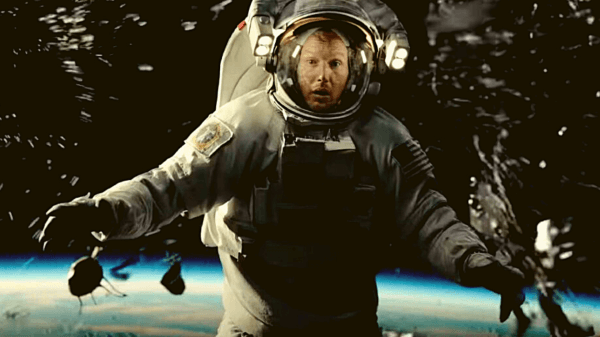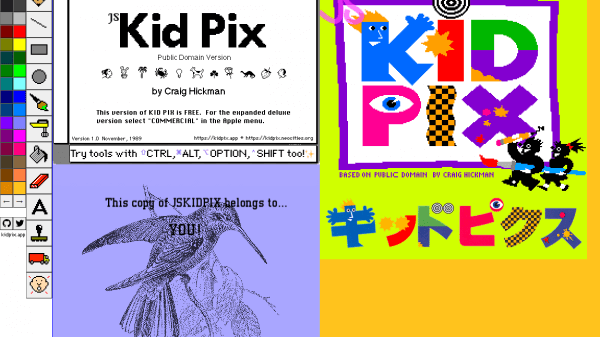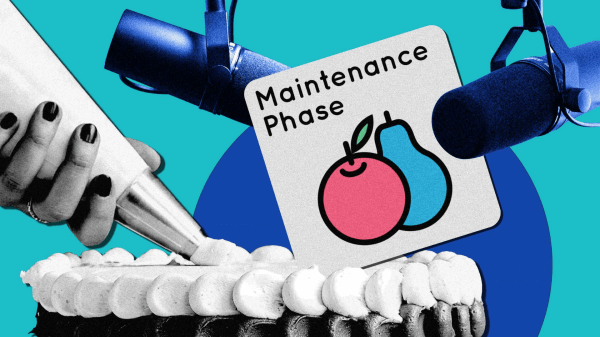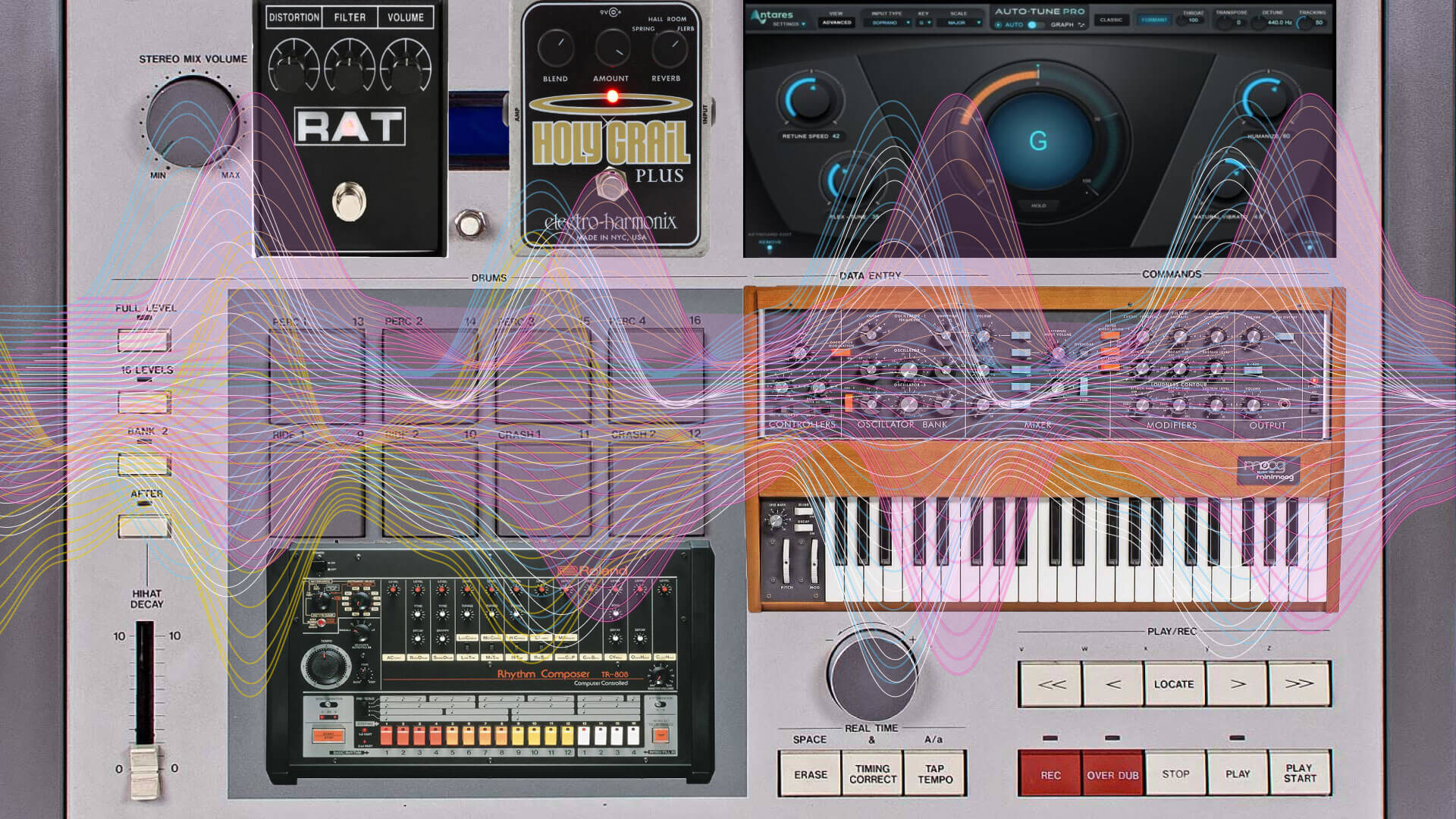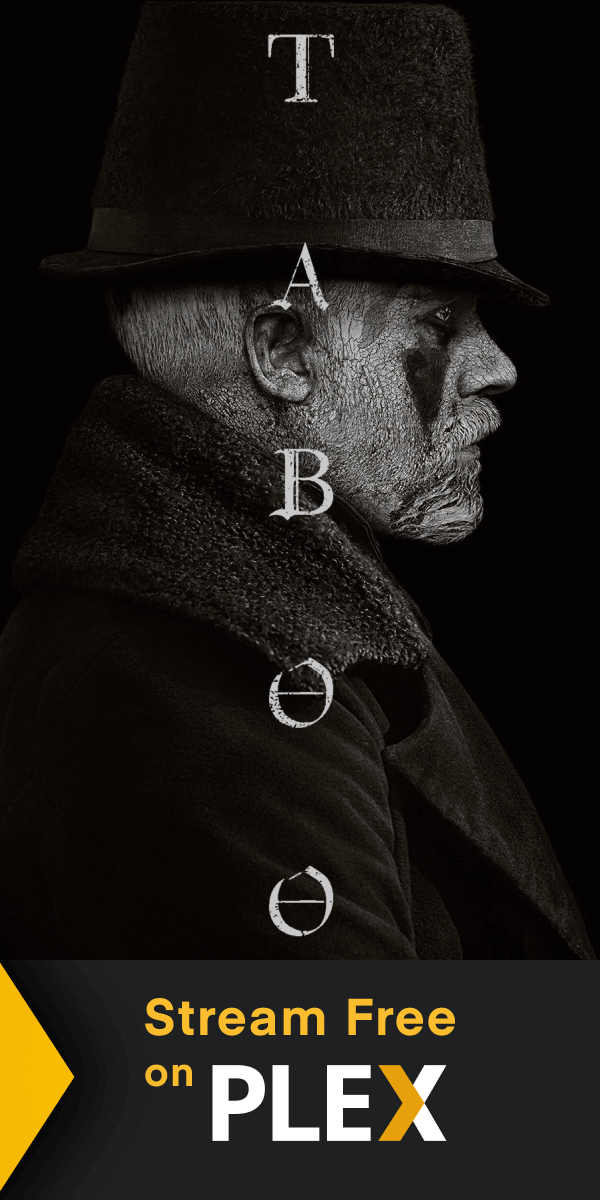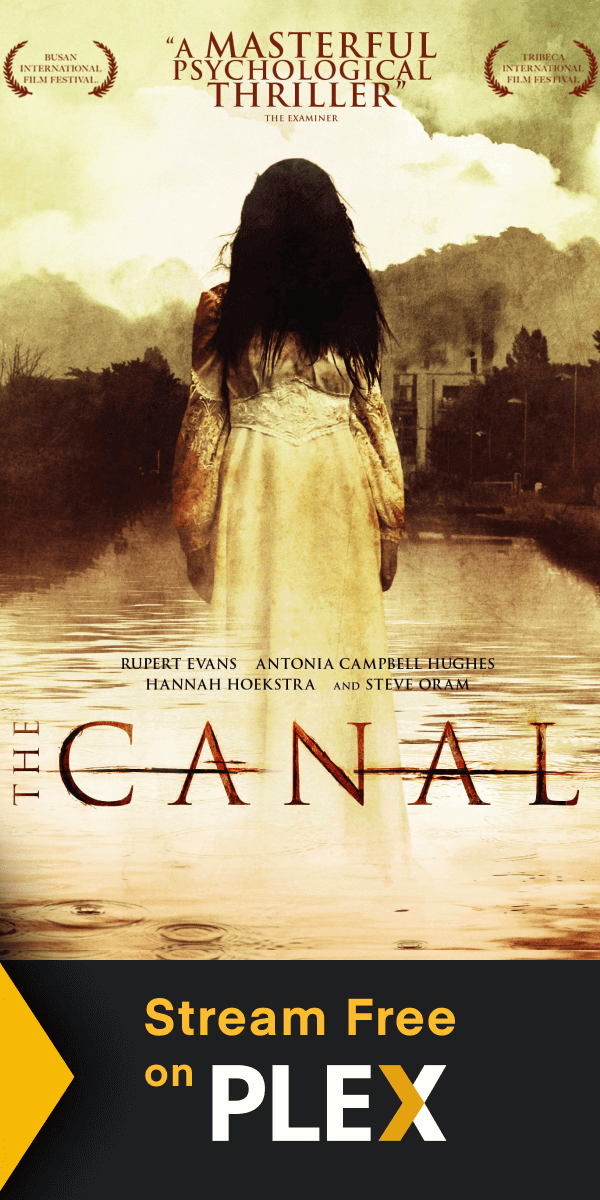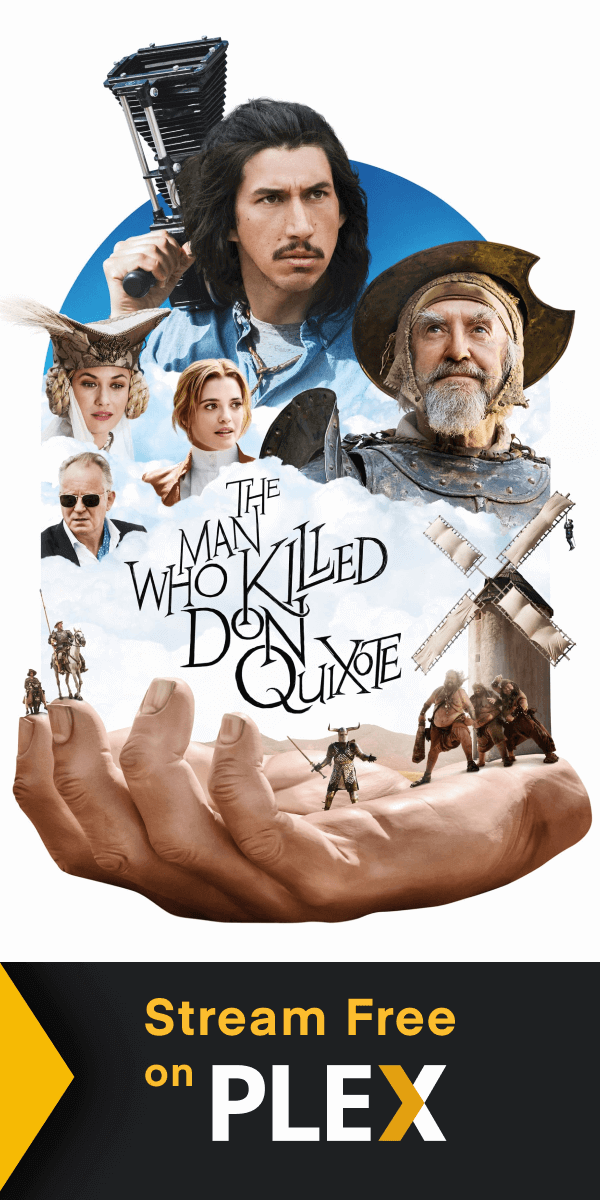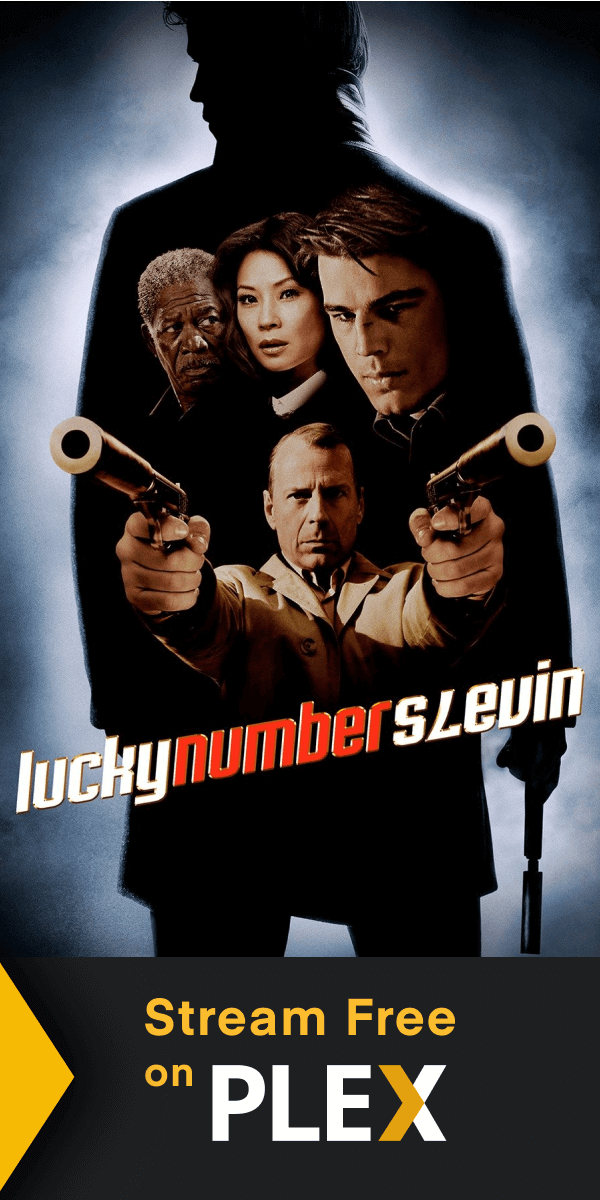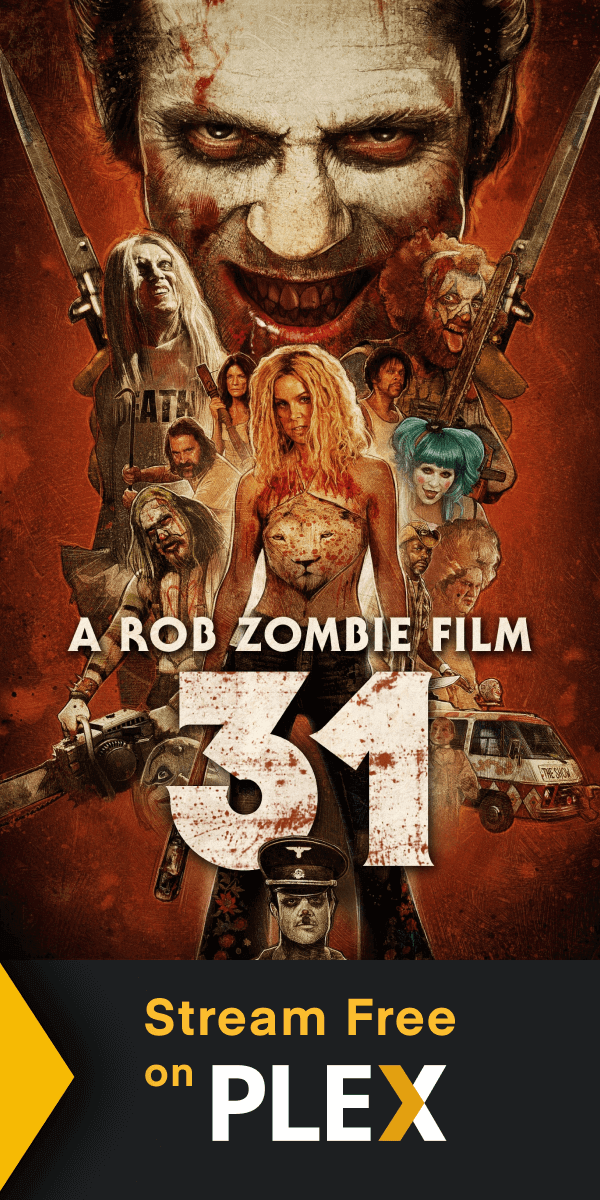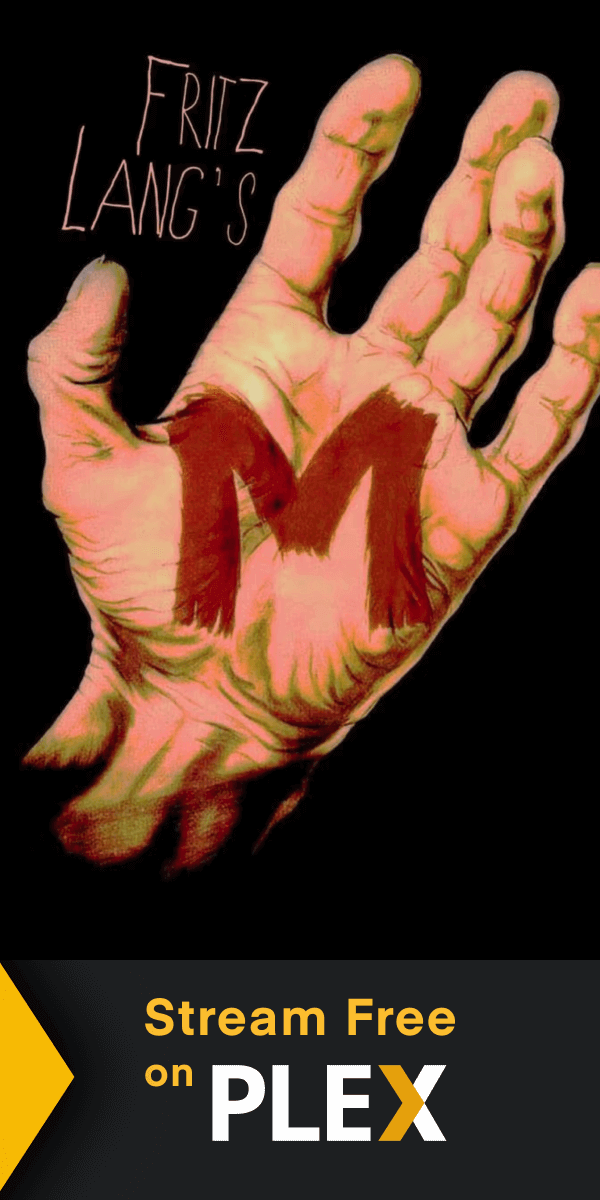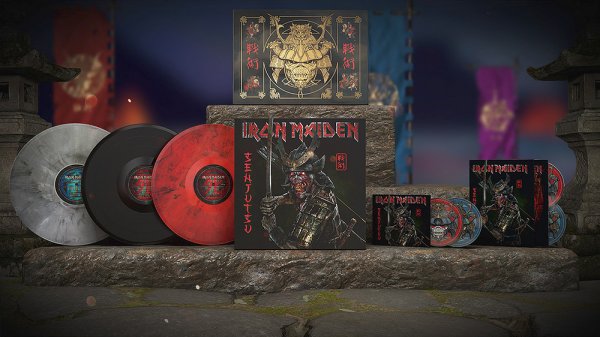Auto-Tune is the sound of cheating.
You’ll discover this statement near the beginning of the first episode of Watch the Sound With Mark Ronson, a six-part series streaming on Apple TV+. Ronson himself is the one who makes the claim. Over the course of the episode, we learn through his discussions with artists such as Charli XCX, Paul McCartney, Ezra Koenig, and the founding father of expressive Auto-Tune, T-Pain, about the use and misuse of the technology.
While watching the episode, I fell into a memory.
In 1998, I worked in the music department at Borders in Greensboro, North Carolina. Employees had the privilege of selecting music to play in the store. One day, my co-worker Von played “Believe” by Cher. When I heard the chorus, I looked up at the ceiling speakers, and wondered, what is that weird voice? It turns out, I was listening to a landmark recording. Cher’s “Believe” was the first published song to use Auto-Tune vocals.
Watch the Sound is loaded with bits of trivia. For instance, if a future conversation turns dull, just say, hey, did you know that Auto-Tune is based on mapping technology used to detect oil at the bottom of the ocean? That should buy you two or three minutes before you can think of a legitimate reason to make an exit.

Cher has come back from the past to warn us about the future.
In recording studios, Auto-Tune technology was initially applied to correct off-pitch vocals, but modern musicians have reshaped it into a tool of expansive expression. By the end of the first episode, Ronson evolves his initial assertion of Auto-Tune as the tool of a cheat.
“Auto-Tune was designed for one specific job: to fix bad singing. But then you have someone use it in the wrong way, and it unlocks a whole new portal of emotion. It even allows people who couldn’t really sing to express themselves. And that, in the end, is how music keeps evolving.”
— Mark Ronson
Machines x Humans
Evolution emerges as a theme throughout Watch the Sound. In the musical world, humans and machines are in the process of shedding distinctive qualities. Many musicians draw from a digital sound palette and nearly everyone uses a digital audio workstation to record and produce music. Meanwhile, machine, software, and artificial intelligence companies are outfitting their creations with evermore human qualities.
In episode five of Watch the Sound, we learn that drum machines have shaped music with a mechanical sense of timing since the late 1970s. However, artists have managed to still infuse drum machine recordings with a human texture. While discussing the matter with Ronson, Questlove mentions that when Prince recorded “1999” and “Purple Rain” with a groundbreaking drum machine called the LinnDrum, he could make it sound human. Only in his hands, Questlove says. Only in his hands.
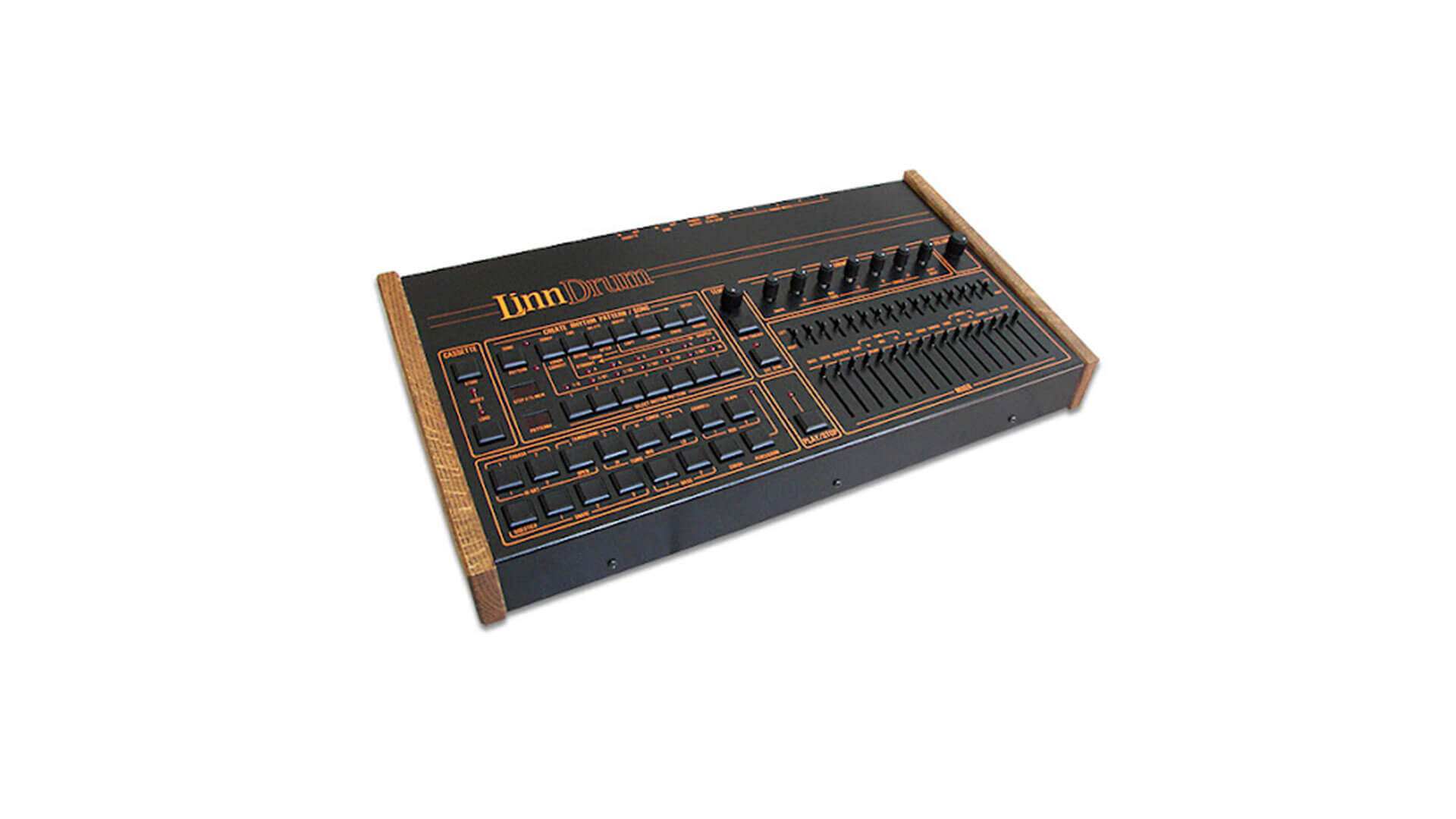
Technological perfection attempting to correct human imprecision.
What we learn from Ronson and his roster of all-star interviewees is that though the current evolutionary state appears rapid, musicians have enlisted technology to pursue new sounds since the origin of music making.
“When you put musicians with technology, you get technology treated the way musicians treat instruments.”
— Damon Krukowski, drummer/writer
Musicians chase sounds — that either exist in the world or in their heads — with the aim of recreating sonic textures for other people to hear. Today, the means of producing and manipulating sound are vast. In this series, Ronson pares down the possibilities. He presents aspects of music production that offer insight to music makers, but also to those of us who hold a genuine interest in how the music we love comes into the world.
According to Ronson, some combination of Auto-Tune, sampling, reverb, synthesizers, drum machines, and distortion facilitates the capture and assembly of elusive sound. Each tool provides musicians with an opportunity to access and free the frequencies they hold within.
“[Technology] makes composing things easier. The next great song could be locked in someone who don’t know how to play keys.”
— T-Pain
Anyone Can Make a Beat
Another recurring theme in the series is the removal of barriers to music making. People who don’t know how to play musical instruments may still have a song to share. (I’m certain they do.) Machines and technology provide opportunities for nearly anyone with the inclination to engage in musical expression. And that provides the context for lots of happy mistakes, or in the language of evolution, mutations.
I find myself wondering why we feel the need to create new music. To date, we’ve generated so many examples of musical mastery. Why are we driven to make more? For some reason, we continue to send new sounds into the space around us.
“Reverb is the way sound bounces around a space. It’s fundamental to how we experience music. Reverb is about a relationship with the world. About the space we occupy. The space with share.”
— Mark Ronson
Sounds resonate and ricochet, which helps our brains define dimensional space. New sounds allow us to experience space in a new way. This is an ambitious statement, but I might suggest that this quality of spatial definition not only draws us to music, but revels a clue to its mysterious ability to change what we commonly refer to as “the vibe.”
The 1913 Parisian performance of Igor Stravinsky’s “The Rite of Spring” caused a riot. The piece contradicted longstanding musical rules and its use of dissonance sent the crowd into a state of supreme agitation. That’s right. A classical composition drove an audience to the brink of madness.
Applying new perspectives, modern tools and technology to generate new sounds is an evolutionary act. It’s connected to ancient attempts to describe the unseen, emotions we feel, energies we perceive.
Music is witchy. It’s an emotive manipulator. Within it resides a power to influence social behavior. Maybe that’s why we keep dialing in new sonic textures and chasing sounds that we know, deep in our hearts, could make the world better.
Does music really have the power to change the world?
I don’t know. Maybe. Probably not.
However, I do know that the chance of revolutionary change exponentially increases when music makers are equipped with drum machines, samplers, synths, reverb and distortion effects, and yes, Auto-Tune.
More on Plex:
Sound City
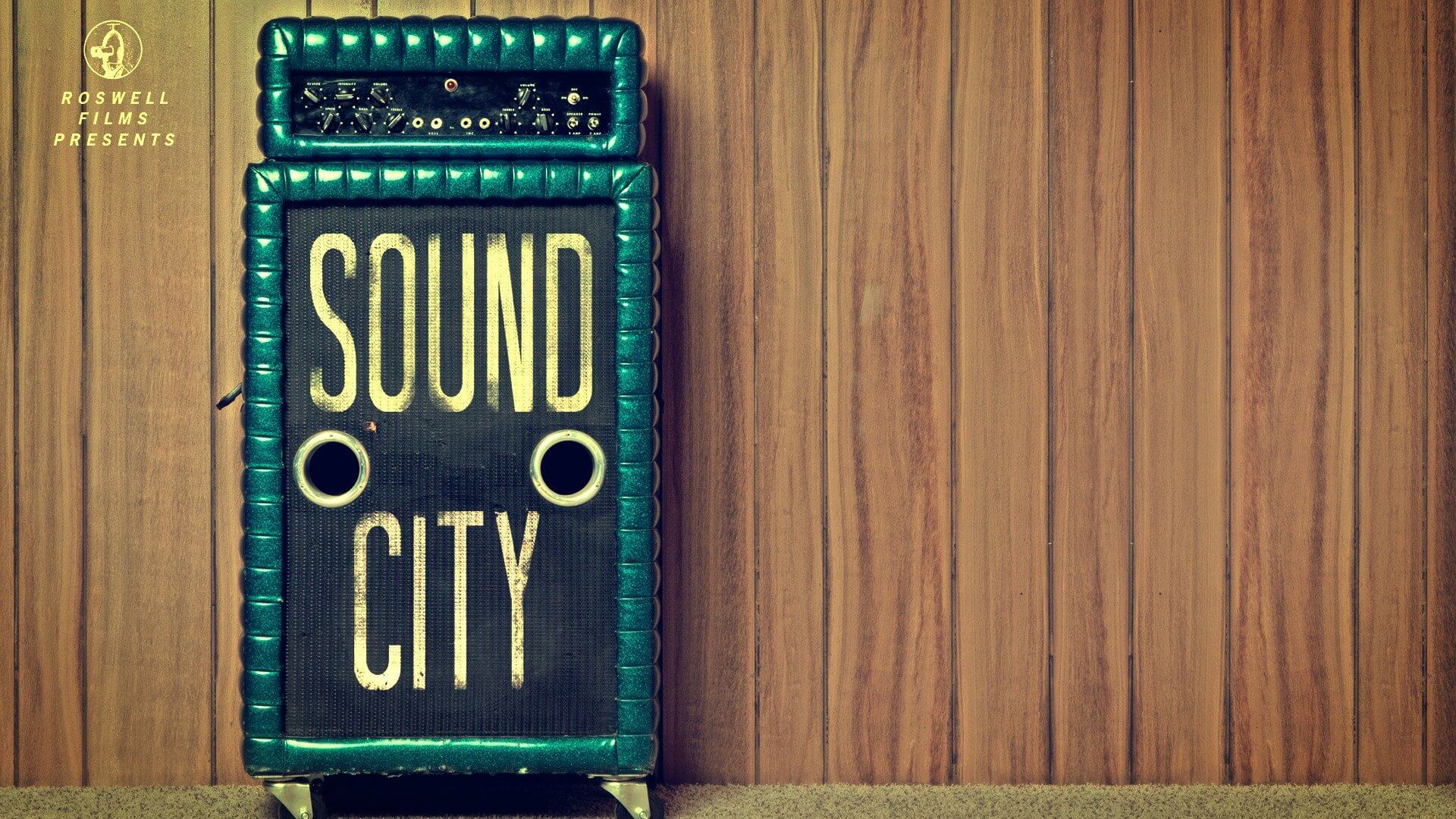
...
America’s Musical Journey

...



